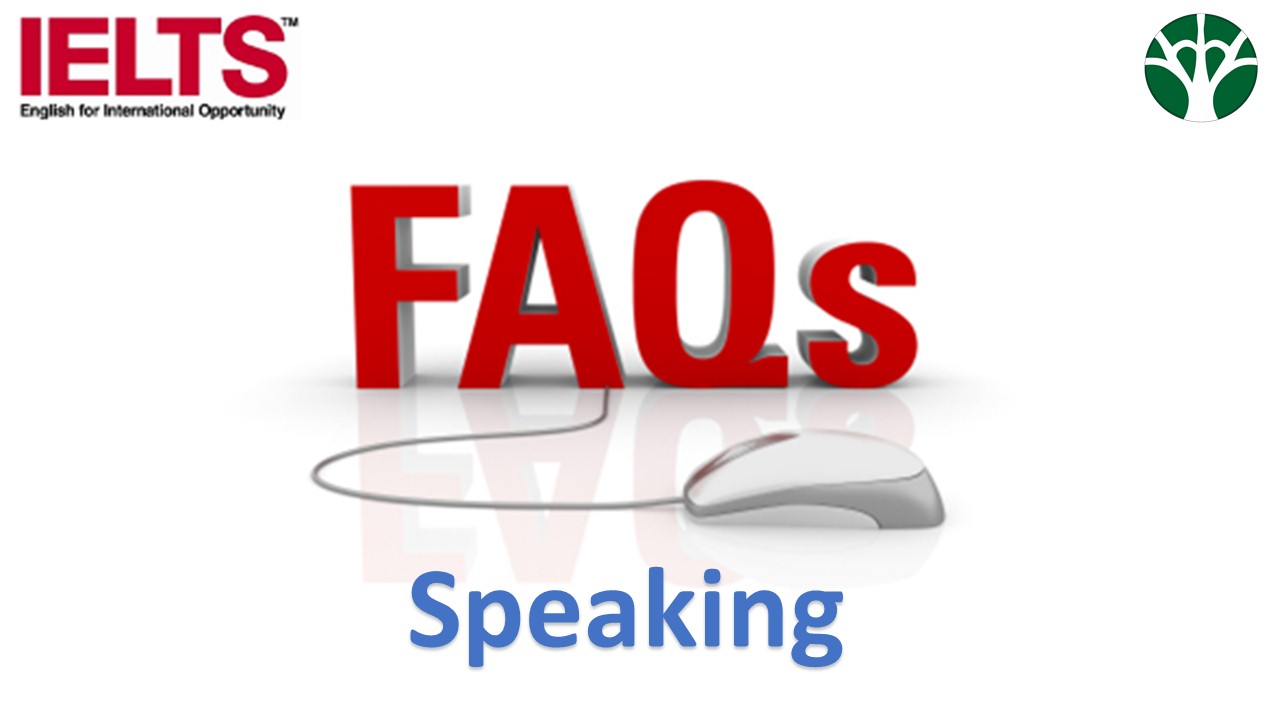۱۰ سؤال رایج در مورد بخش اسپیکینگ یا مصاحبه آیلتس

مصاحبه آیلتس
بخش اسپیکینگ یا مصاحبه آیلتس یکی از قسمت های آیلتس است که بیشترین استرس را به داوطلبان منتقل می کند. اطلاعات کافی در مورد پروسه مصاحبه آیلتس و شرایط حاکم بر آن باعث می شود کمی از نگرانی های شما کم شود. در اینجا 10 سؤال رایج در مورد بخش مصاحبه آیلتس با هم مرور میکنیم. بیشتر این ها سؤالاتی هستند که زبان آموزان مکررا از مدرسین می پرسند.
1: What happens in the speaking test?
The speaking test lasts roughly 11 minutes and has 3 parts. You will enter a room where the examiner is sitting at a table. You and the examiner are the only people in that room. Your conversation with the examiner is recorded in order to verify the grade that the examiner gives you. The examiner will check your ID and provide you with paper and pencil to take notes during part 2 of the speaking test.
2: What happens in part 1?
The examiner will ask you a series of questions about some part of your life, for example, your home country or your plans for study and work.
3: What happens in Part 2?
The examiner gives you a topic to talk about, related to something in your past or present life. You have 1 minute to prepare, and then you need to speak on the topic for between 1 to 2 minutes.
4: What happens in Part 3?
The examiner will discuss with you a general topic related to the personal topic in Part 2.
5: How does the examiner mark my speaking?
The examiner is looking for full answers to the questions asked,using a wide range of vocabulary and grammatical structures. The examiner will expect your answers to be relevant, well-structured and accurate. The examiner will write some notes on a pad while you’re speaking. Do not try to see what the examiner is writing!
6: What are the examiners like?
IELTS examiners are trained to be friendly, professional and try to make you feel comfortable. They are used to candidates being slightly nervous, and they will try to help you relax. You should try to make a professional rapport (relationship) with the examiner. You should smile and say “nice to meet you”. You should sit at the table in a professional way, as if you were at a seminar or a meeting, placing your hands in view and leaning slightly forward to maintain eye-contact. It will show the examiner you are alert and interested in the test.
7: How fast should I speak?
Try to speak at a normal professional speed. It means the way you would speak in a seminar or a business meeting in an English-speaking situation. This may be slower than the speed you naturally speak in your mother tongue language. Don’t get very excited or emotional, or make gestures which could be confusing, such as banging the table with your hand!!
8: Should I speak in a very formal and academic way?
No! Candidate sometimes think they need to speak in the same way as they would write in the IELTS academic writing test, for example by using words such as ‘therefore’ and ‘nevertheless’. In the speaking test this is optional but not necessary. It’s more important to use the most advanced and natural English that you can, and organize your answers well.
9: I speak English with a quite strong accent. Is this a problem?
This is not normally a problem. Many native speakers have strong local accents. The only problem is if your pronunciation makes it difficult for the examiner to understand your speech.
10: I make some grammatical mistakes when I speak English. Is this a problem?
If you make a few mistakes and these errors do not stop the examiner understanding you, this is not a major problem. The problem arises if your errors stop the examiner from understanding what you mean.
جهت آمادگی بیشتر برای مصاحبه آیلتس ، مطالب زیر کمک کننده خواهند بود.
۱۰۰ موضوع داغ داغ آیلتس ۲۰۱۷
۵۳ موضوع داغ داغ آیلتس ۲۰۱۷
اسپیکینگ آیلتس : چطور در مصاحبه به شما نمره داده می شود؟
اسپیکینگ آیلتس : چند نکته برای بهبود عملکرد در بخش اول مصاحبه
اسپیکینگ آیلتس : چند نکته برای بهبود عملکرد در بخش دوم مصاحبه آیلتس
اسپیکینگ آیلتس : چند نکته برای بهبود عملکرد در بخش سوم مصاحبه آیلتس
نمونه سوال اخیر بخش اسپیکینگ تافل ۲۰۱۸ (Task 1)



